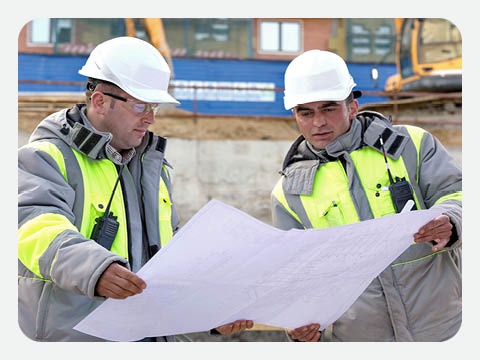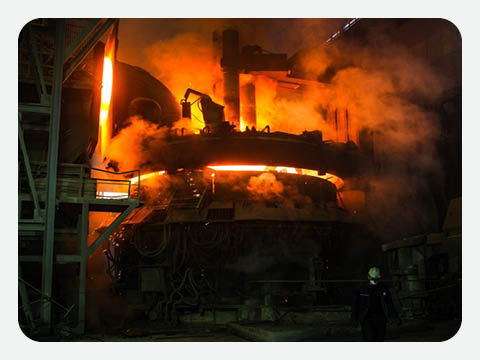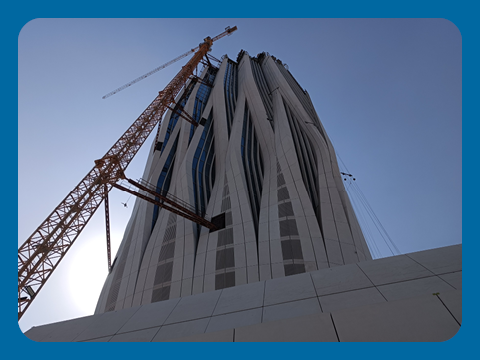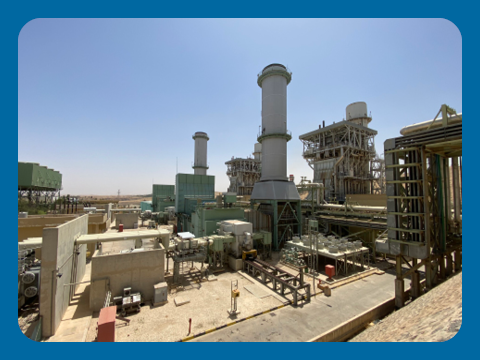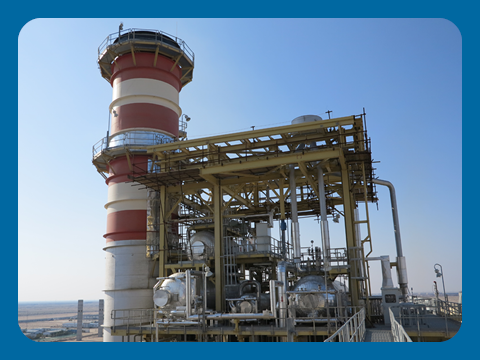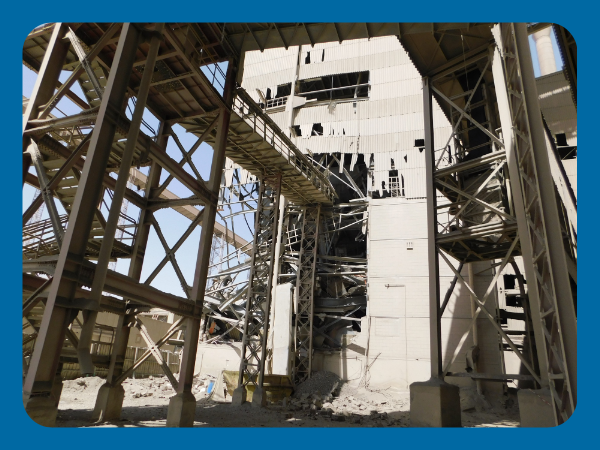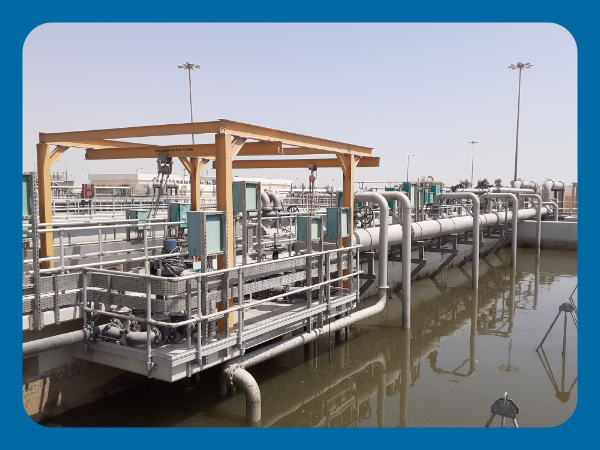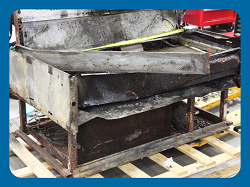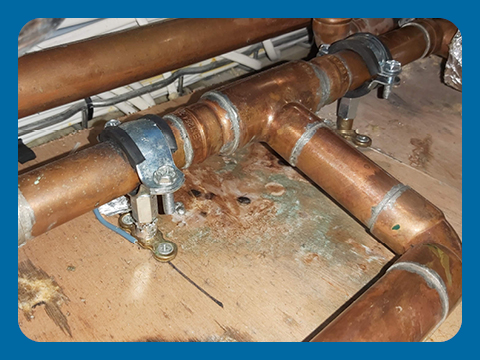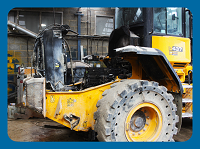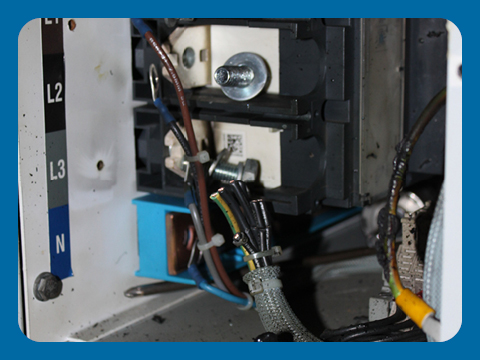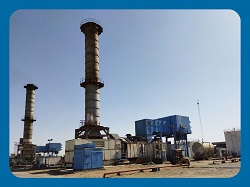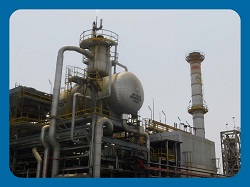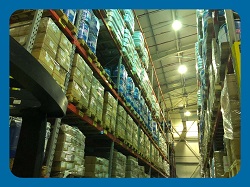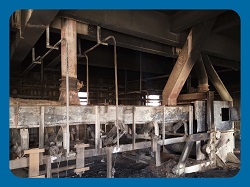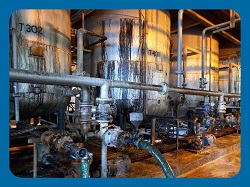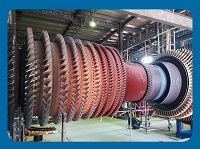Health and Safety regulations and ‘best practices’ are constantly evolving and being updated as we become more conscious of HSE and the responsibility of employers in providing a safe working environment.
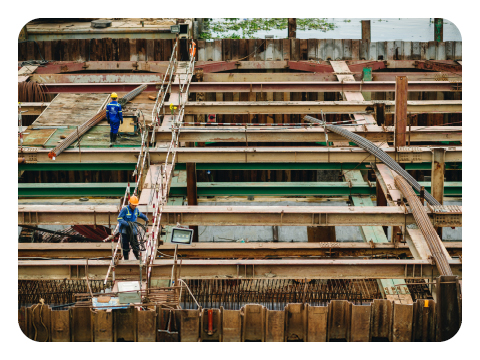 This has certainly been true in the construction sector, as around the world construction work is widely considered to be one of the most dangerous jobs. In recent years we have observed a high number of deaths and injuries in several large mega-projects around the world where HSE has been insufficiently managed.
This has certainly been true in the construction sector, as around the world construction work is widely considered to be one of the most dangerous jobs. In recent years we have observed a high number of deaths and injuries in several large mega-projects around the world where HSE has been insufficiently managed.
Managing health and safety on a construction site is challenging. Site engineers, contractors, and HSE officials responsible for creating an HSE policy and enforcing good working practices will encounter many difficulties that must be overcome to provide workers with a safe working environment.
It is important to consider the challenges faced that give rise to poor practices, along with how to mitigate these obstacles.
High Number of Different Hazards
Construction works involves many activities with the potential for serious injury or death including working at heights, working in enclosed spaces and electrical work. Heavy construction plants used on sites for lifting and transporting workers and equipment can result in vehicle collisions, tipping, and other incidents. The presence of flammable materials used for welding, power generators and vehicles add to the fuel load, increasing the risk of fire.
Injuries vary, ranging from minor incidents that can be treated with first aid to life-changing injuries such as loss of limb or mobility. Several long-term health conditions such as hand-arm vibration syndrome, deafness, and chronic obstructive pulmonary disease (COPD) are also linked to construction work.
Due to the nature of construction work, it is impossible to completely remove all risks, elevating the importance of good safety measures that are thorough and well-enforced with the support of supervisors and upper management.
Multiple Contracting Companies
On large projects where different contractors will be carrying out work simultaneously, multiple activities each with their own risk will be taking carried out in limited spaces. Poor coordination between contractors increases the risk of exposure to different hazards.
This is further complicated by the difference in management and HSE practices between contractors, potentially creating conflict as each contractor endeavours to complete their work by a given deadline.
The addition of subcontractors to the workforce creates potential confusion as there will then be multiple HSE policies in operation: the site policy, contractors’ policies, and typical subcontractor practices. An unclear hierarchy will often give way to difficulties enforcing HSE policy, as subcontractors may adhere primarily to their own policy.
 Number of People on Site
Number of People on Site
Depending on the size of the project and the stage of construction work, up to thousands of workers may be on site at one time, carrying out different activities.
Multinational work sites where workers may speak upwards of 50 languages will have additional challenges of language barriers making it difficult to effectively provide HSE training and enforce safety regulations.
Changing Environment
The construction environment changes from day-to-day as the timeline progresses and different activities are carried out. At the same location where there might one day be excavation work, the next day there may be concrete pouring activities.
Each activity carries its own risk, necessitating additional management and oversight to track hazards and correctly implement safe working practices, including regular training instructing workers how to safely carry out different activities and regular communication about conditions on the ground.
Along with managing the changes of activities, anyone responsible for the enforcement of HSE on site must remain vigilant to the changes in the environment as work progress through to later stages.
For example, during the construction of a building before the walls are installed, workers are given an open space with quick access to fire extinguishers, reducing the number of fire extinguishers necessary. But when dividing walls are installed and one open space because several rooms, access to fire extinguishers will be limited and more will be required.
The challenges in managing HSE while on site are too numerous to include in one place, but even looking at only a few makes it clear that the process of maintaining a safe working environment and enforcing HSE challenges are difficult.
When considering HSE violations, anyone responsible for HSE must consider the challenges as well as the implementation of best practices—what can be expected from a reasonably competent engineer or contractor.
 Active Overhead Authority
Active Overhead Authority
Strong high-level management is required to organise and liaison with different contractors on site. The expected standards of HSE enforcement must be clearly conveyed to contractors and then consistently applied.
The HSE policy on the overall site will be based on laws and regulations in the applicable country. However, as these laws and regulations vary from country-to-country, best practices from should also be considered.
What constitutes industry best practices is not definitively decided or encoded in any regulation. But it can be expected from a competent engineer that different international standards and regulations be consulted when developing the on-site HSE policy, along with other literature that offers insight into the management of construction risks.
Enforcement
Ticking off boxes to comply with legislation is not enough to guarantee the health and safety of workers on site. Good, involved management enforcing the regulations, legislation, and on-site HSE policy is necessary for an effective and safe workplace. Consistent enforcement of safe working practices must be enforced consistently by supervisors, managers, HSE officers and the responsible engineer.
Different methods of enforcement must be deployed, for example:
- Regular Reporting of all Incidents – All incidents should be reported. An investigation into the cause of the incident and contributing factors must be carried out. Using the information gleaned from the investigation, active steps should be taken to prevent future accidents. Likewise, all near-miss incidents should be reported and investigated as well.
- Training – All workers should have introductory training when they begin work on-site, followed by refresher training at regular intervals or at the discretion of supervisors. Any time that new work or activities are carried out, all workers should be instructed on how to perform the task safely and correctly. Training and instruction materials should be prepared and delivered in all languages spoken on site to ensure that all workers understand how to carry out work safely and what is expected of them in compliance with the HSE regulations.
Toolbox talks can be utilised before work begins, and informative signage should be placed around the site to familiarise workers with HSE practices and standards.
- Supervision – Supervisors and foremen should have a proactive approach to HSE and remain vigilant and consistently interested. Anyone with the authority of supervision should be given the authority to enforce good HSE practices, with the approval and back-up of management.
- Method Statements – A good method statement would include a risk assessment for the potential hazards involved with any given work, in addition to step-by-step instructions for how work will be carried out safely.
- Enforcement of PPE – Personal Protective Equipment (PPE) includes helmets, high-visibility jackets, secure lines to protect falling, gloves, and other equipment, depending on the time of work being carried out. Despite the benefits, it is still necessary to enforce a policy for all workers to wear PPE if they are to be allowed on the site, with consequences and penalties if workers are not in compliance.
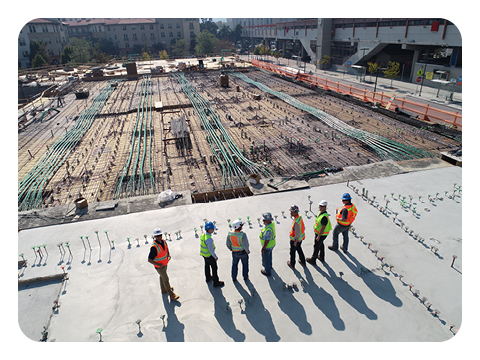 Effective Communication
Effective Communication
The number of workers on a construction site who are employed by many different contractors and sub-contractors and potential language barriers make communication with the work force a particular challenge.
Having warning signs and instructions in multiple languages, along with training, is one way to ensure that the HSE policy is understood. It is also extremely important to provide visual demonstrations to convey necessary information.
Not Letting the Little Things Slide
One of the most important things to successfully manage HSE on a construction site is to provide consistent enforcement of HSE policies. While it is inevitable that any workplace that is operated by people will be met with human error, taking proactive measures to rectify the situation no matter how seemingly insignificant is vital to have a proactive workforce.

